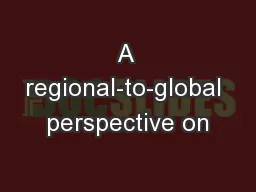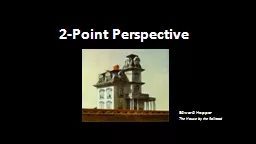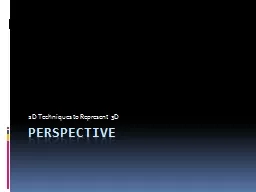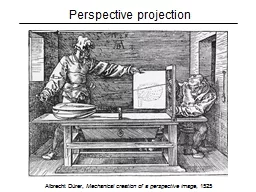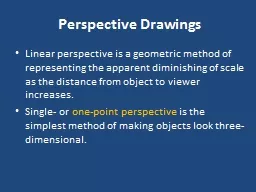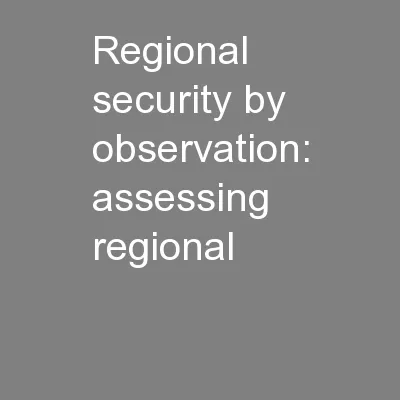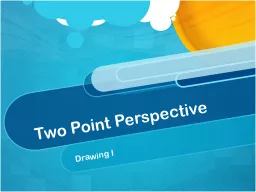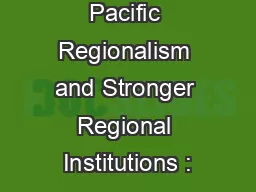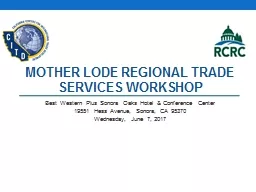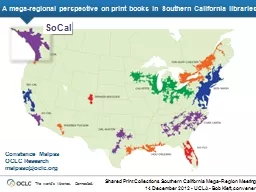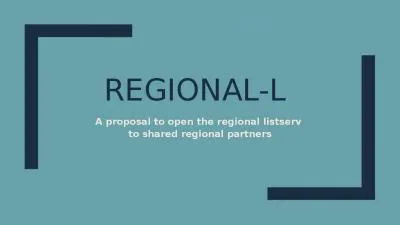PPT-A regional-to-global perspective on
Author : danika-pritchard | Published Date : 2017-05-29
a ttaining the new US ozone NAAQS Panel on Meeting the New Ozone Standard Energy Summit 2015 University of Wisconsin Madison WI October 13 2015 Arlene M Fiore
Presentation Embed Code
Download Presentation
Download Presentation The PPT/PDF document "A regional-to-global perspective on" is the property of its rightful owner. Permission is granted to download and print the materials on this website for personal, non-commercial use only, and to display it on your personal computer provided you do not modify the materials and that you retain all copyright notices contained in the materials. By downloading content from our website, you accept the terms of this agreement.
A regional-to-global perspective on: Transcript
Download Rules Of Document
"A regional-to-global perspective on"The content belongs to its owner. You may download and print it for personal use, without modification, and keep all copyright notices. By downloading, you agree to these terms.
Related Documents

